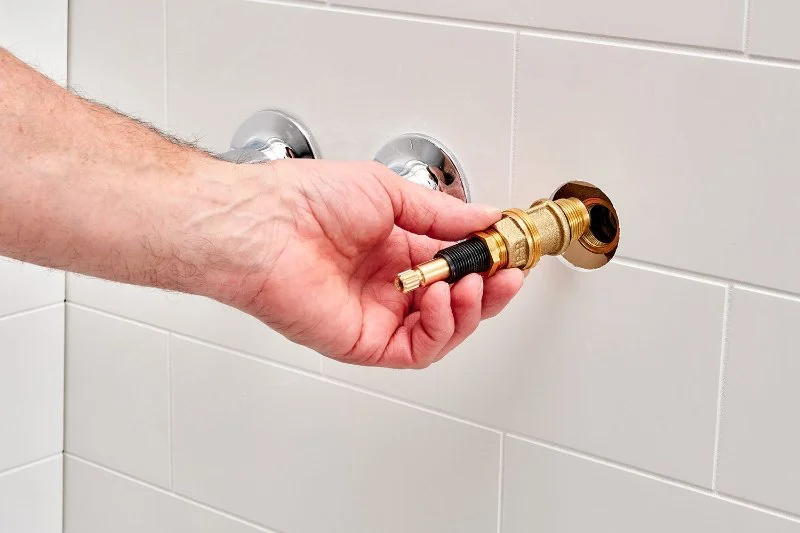
- 1. Why Replace Outdated Plumbing Fixtures?
- 2. Preparing for the Replacement
- 3. Steps to Replace an Outdated Plumbing Fixture
- 4. Safety Tips for Plumbing Replacement
- 5. When to Call a Professional
1. Why Replace Outdated Plumbing Fixtures?
Replacing outdated plumbing fixtures in your home is not just about aesthetics—it’s also about functionality and safety. Over time, older plumbing fixtures such as faucets, toilets, and showerheads can become inefficient, causing higher water bills and even potential water damage. Moreover, older fixtures may have wear and tear that can lead to leaks, rust, and corrosion, which can cause long-term damage to your plumbing system. Updating your fixtures not only enhances the look of your bathroom or kitchen but also improves the overall efficiency and safety of your home.
2. Preparing for the Replacement
Before replacing a plumbing fixture, it’s important to prepare properly to ensure the replacement is successful and safe. Here are some key steps to take before getting started:
- Assess the Fixture: Identify the specific fixture you need to replace. Whether it’s a faucet, showerhead, toilet, or pipe, understanding the current condition of the fixture will help you choose the right replacement part.
- Turn off the Water Supply: Always turn off the water supply to the affected area before beginning any work. This will prevent water from flowing when you remove the old fixture.
- Gather Necessary Tools: Having the right tools is crucial for a smooth installation. You will need items such as a pipe wrench, pliers, screwdriver, plumber's tape, and a bucket for water drainage.
- Protect Your Floors: If you're replacing a fixture that involves water removal, protect your floors with towels or a waterproof mat to avoid water damage.
3. Steps to Replace an Outdated Plumbing Fixture
Replacing a plumbing fixture can seem daunting, but with the right preparation and tools, it’s a manageable task. Here’s a step-by-step guide to help you replace your outdated plumbing fixture:
Step 1: Remove the Old Fixture
Start by carefully loosening the old fixture. For faucets, this may involve unscrewing the nuts beneath the sink. For toilets, you’ll need to remove the tank and unscrew the bolts that secure it to the floor. Use a wrench or pliers to remove any old fittings, making sure to collect any excess water in a bucket or towel.
Step 2: Install the New Fixture
Position the new fixture where the old one was located. For faucets, make sure the water lines are connected tightly, and for toilets, make sure the bolts are properly fastened. Apply plumber’s tape to the threads of any pipes to ensure a leak-proof seal.
Step 3: Test for Leaks
Once the new fixture is securely in place, turn the water supply back on and check for any leaks. Run water through the fixture and inspect all connections. If you notice any leaks, tighten the connections or apply additional plumber’s tape to seal them.
4. Safety Tips for Plumbing Replacement
Replacing a plumbing fixture can be a straightforward process, but it’s important to prioritize safety. Here are some essential safety tips:
- Wear Protective Gear: Always wear gloves to protect your hands from sharp edges and debris, and use safety goggles to prevent water splashes from getting into your eyes.
- Shut off the Water Completely: Ensure the water supply is completely turned off to avoid accidental flooding or water leaks during the installation process.
- Work with Dry Hands: Always work with dry hands to prevent electrical hazards, especially if you’re handling any electrical parts near the plumbing fixtures.
5. When to Call a Professional
While replacing a plumbing fixture is often a manageable DIY project, some situations may require professional assistance. If you encounter issues like persistent leaks, corroded pipes, or complex installations, it’s best to call a licensed plumber to handle the job. A professional plumber can also help if you're unsure about the compatibility of your new fixture with the existing plumbing or if you're dealing with a plumbing emergency.
Professional plumbers have the experience and tools necessary to ensure the job is done safely and correctly, saving you time and potential costs associated with mistakes or damage.
Replacing outdated plumbing fixtures is an excellent way to improve the functionality and appearance of your home. Whether you're dealing with a leaky faucet or an old toilet, following the proper steps can make the replacement process smoother. For the best plumbing products and services, check out Plumbers Supply Hub for expert solutions and quality products tailored to your needs.


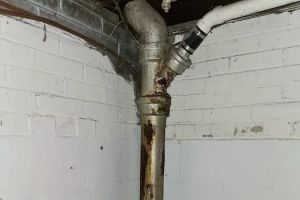
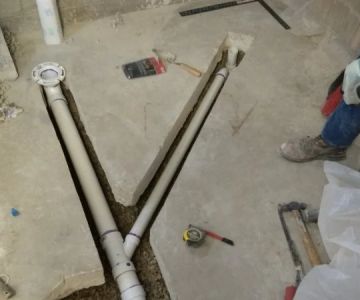





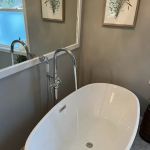 Oakland Plumbing LLC5.0 (17 reviews)
Oakland Plumbing LLC5.0 (17 reviews)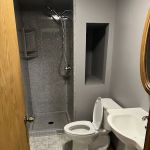 Midwest Plumbing & Service4.0 (7 reviews)
Midwest Plumbing & Service4.0 (7 reviews)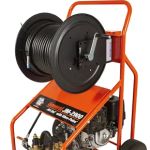 Moberly Plumbing4.0 (117 reviews)
Moberly Plumbing4.0 (117 reviews)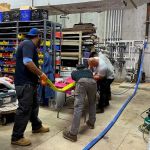 American Trenchless Technologies4.0 (8 reviews)
American Trenchless Technologies4.0 (8 reviews) Tony's Plumbing3.0 (12 reviews)
Tony's Plumbing3.0 (12 reviews)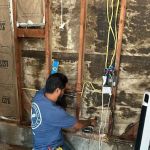 Socal Plumbing Co5.0 (5 reviews)
Socal Plumbing Co5.0 (5 reviews) How to Repair a Hairball Clog Without Harsh Chemicals
How to Repair a Hairball Clog Without Harsh Chemicals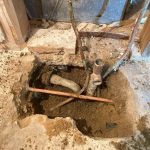 How to Repair a Junction That Is Leaking Under Slab: A Comprehensive Guide
How to Repair a Junction That Is Leaking Under Slab: A Comprehensive Guide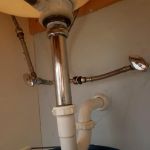 How to Replace a Sink Overflow Tube: A Complete Step-by-Step Guide
How to Replace a Sink Overflow Tube: A Complete Step-by-Step Guide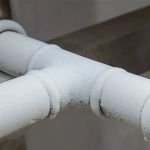 What Causes Frozen Pipes and How You Can Prevent It - Expert Tips
What Causes Frozen Pipes and How You Can Prevent It - Expert Tips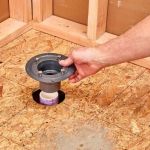 How to Replace a Shower Niche Drain: Step-by-Step Guide for Homeowners
How to Replace a Shower Niche Drain: Step-by-Step Guide for Homeowners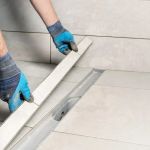 How to Replace an In-Wall Shower Drain: Step-by-Step Guide
How to Replace an In-Wall Shower Drain: Step-by-Step Guide